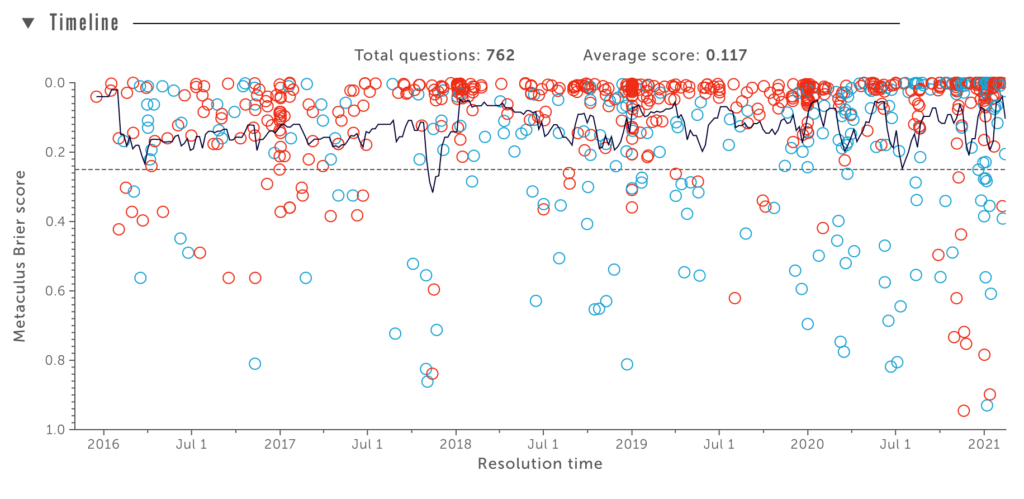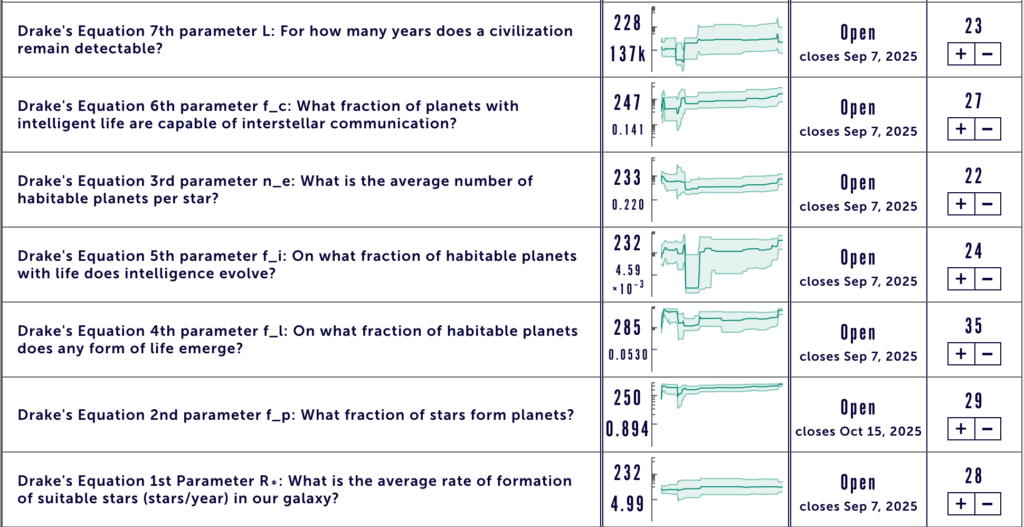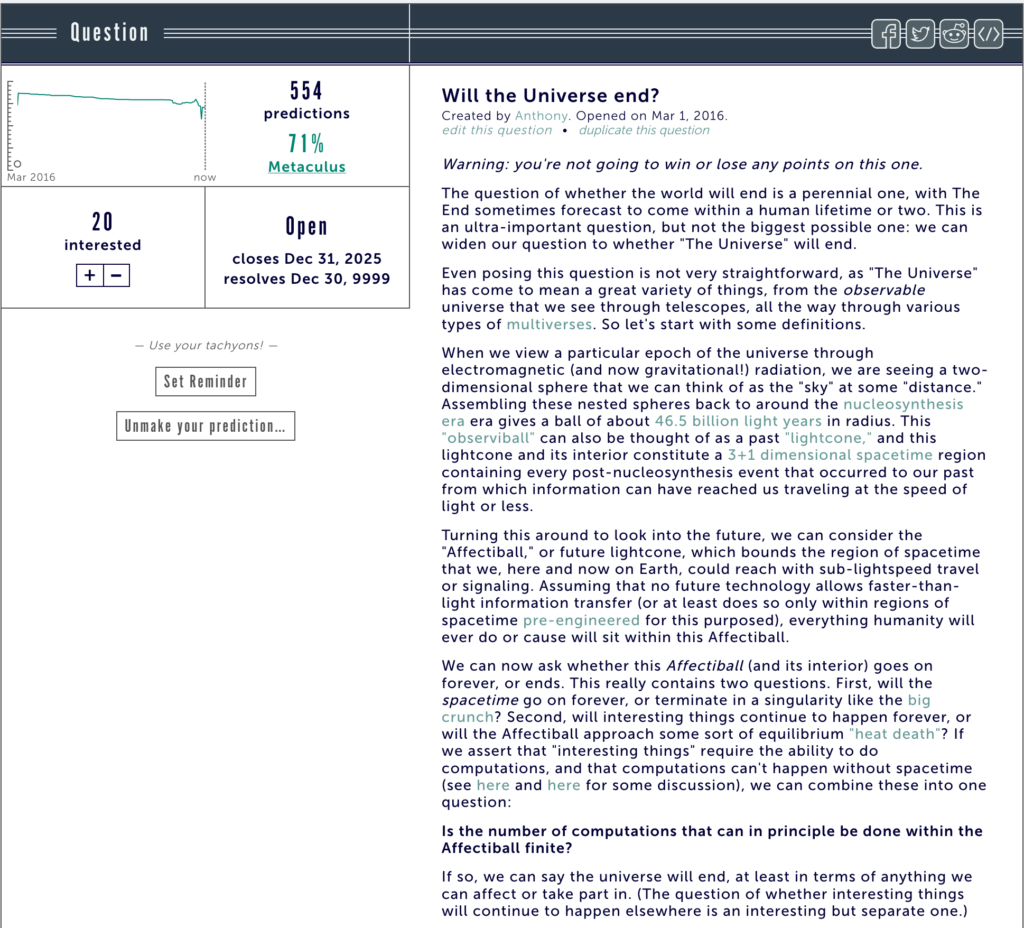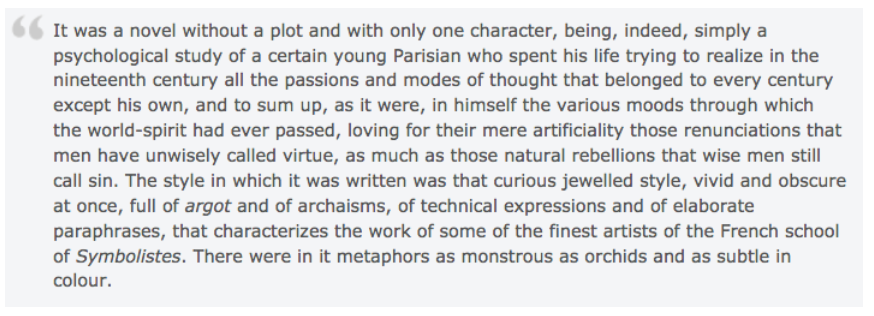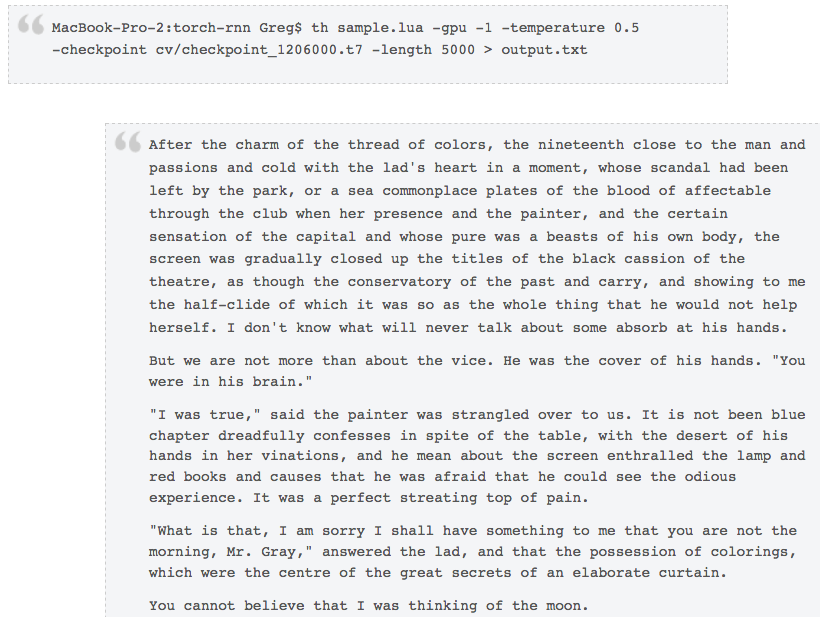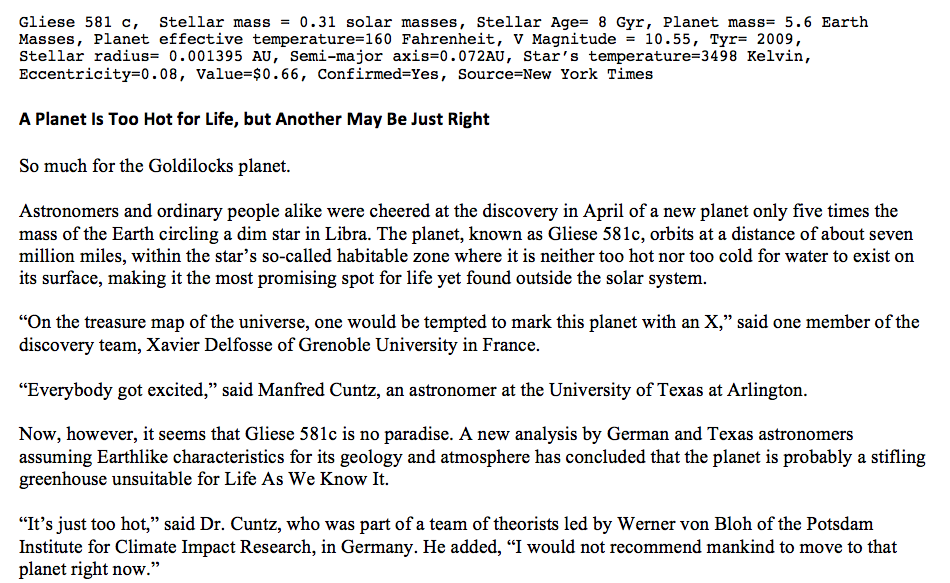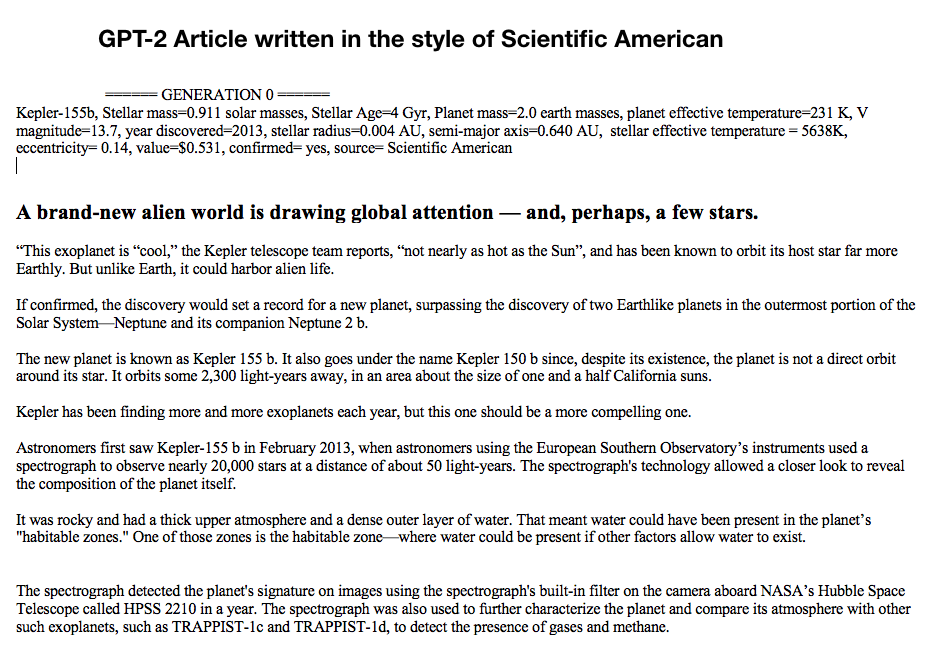
Music from your formative years stays with you — generally in latent form, but at other times echoing resurgently through the amorphous cycles of nostalgia that stretch out into decades.
For me, it was the era of The Sisters of Mercy, New Order, The Psychedelic Furs, and Depeche Mode. Listening to the old LPs sometimes occasions a near-electric jolt when stanzas that seemed obscure are suddenly infused with stunning up-to-the-moment relevance. Stuck inside of Memphis with the mobile home, sing…
Several days ago, I noticed a new Metaculus question with a curious, almost clickbait-worthy title, When will we meet grabby aliens?
The reference is to a recent paper by Hanson, Martin, McCarter and Paulson that has been getting traction in response to write-ups by Scott Aronson and others. Hanson et al.’s abstract rebrands as “grabby”, a subset of extraterrestrials that would appear to bear certain similarities to the antagonists in Starship Troopers.
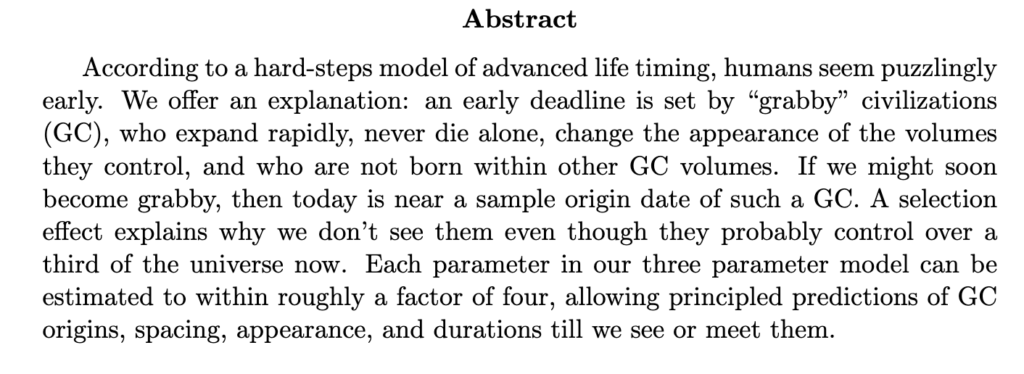
The parameters of the GC model determine how fast and in what manner space-time fills up with grabby civilizations, and are specified by (1) the rate at which grabby civilizations emerge, (2) the rate at which they expand, and (3) the number of “hard steps” (bottlenecks) in the so-called Great Filter, whatever it is that prevents non-living matter from making the transition to living matter.
The Hanson et al. abstract strikes me as a more or less point-by-point rephrasing of Everything Counts by Depeche Mode. Aside from the line about Korea (maybe misheard along the lines of “Here we are now in containers”?) everything in the song is fully relevant.
The grabbing hands grab all they can
All for themselves, after all
It’s a competitive world
Given the model assumptions, grabby civilizations blister out within the universe in a manner determined by the values of the three parameters. The paper has an attractive figure that illustrates one particular outcome, with 193 randomly candy-coated GCs appearing over several Hubble Times across a 2D slice 41.7 billion light years on a side.
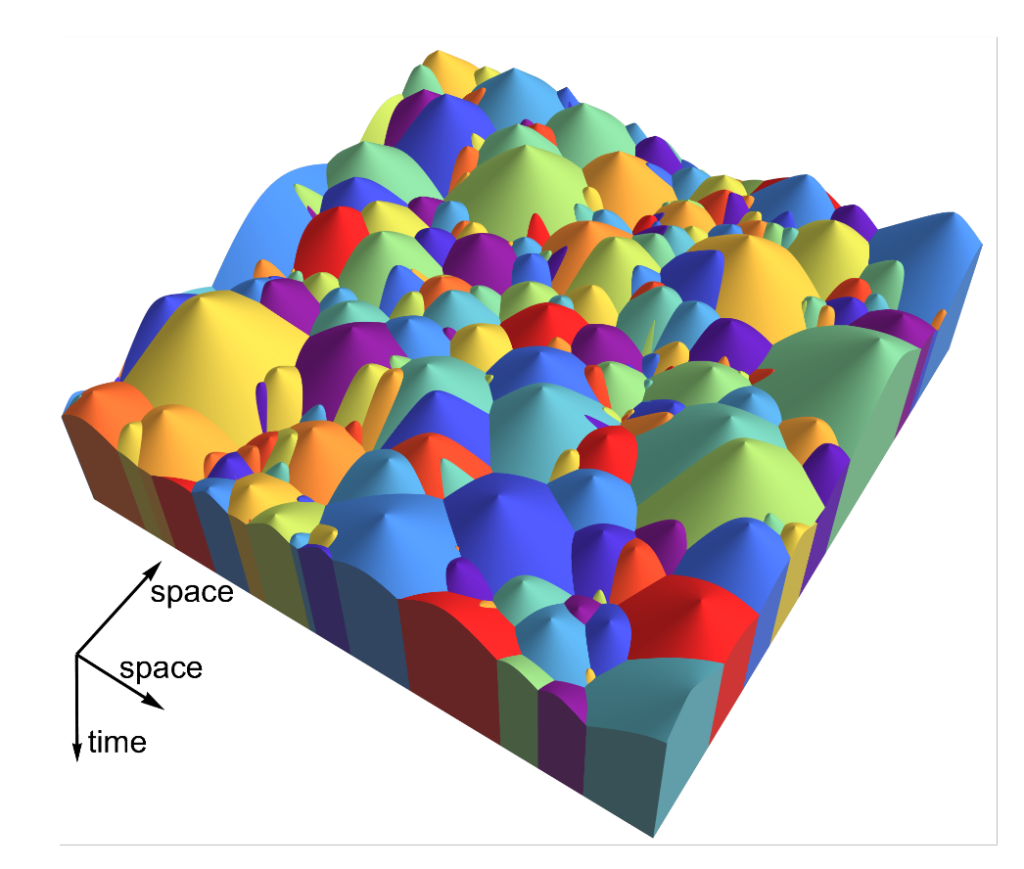
The paper’s take-away argument is that we’re living at some point in the clear space above the GC surfaces, and at some point in the future we’ll either become a GC or we’ll be steamrolled by one. Moreover, it’s argued that at the present moment, it’s likely that a “third to a half of the universe is within grabby-controlled volumes.” Hmm.
The Metaculus question asks for predictions of the probability distribution over the number of years before we or our descendants encounter a GC. At the moment, the median of the community PDF is a staggering 22.7 billion years, with a significant peak at 2 billion years. Clearly, the emerging consensus is that this question might take a while to resolve.

Herman Bondi, Tommy Gold and Fred Hoyle’s steady state theory of cosmology introduced the so-called perfect cosmological principle, which holds that the universe is homogeneous and isotropic in both space and time. Two papers outlining the their theory appeared in 1948, and maintained considerable influence until evidence that the Big Bang occurred became incontrovertible. A satisfying anecdote relates that the steady-state theory was inspired by the circular plot of the British post-war horror film, The Dead of Night.
If a horror movie can act as the aesthetic pivot for a debunked cosmological theory, it stands to reason that Depeche Mode may have pointed toward the resolution of the Fermi Paradox. The key lies in the fact that if it’s a competitive world, then
Everything counts in large amounts.
When one talks about aliens and grabby extraterrestrial civilizations, one is really talking about computation. And if grabby computation is irreversible and device-based, then planets are really nowhere. They just don’t matter. A wind of catalyzed nano-devices within the outflow from a single dust-spewing extreme asymptotic giant branch star can accomplish of order 10^62 bit operations, a factor of ten million times more than a “habitable” planet can muster over 5 billion years if totally covered with solar panels. Again, when it comes to the big picture, planets are completely irrelevant.
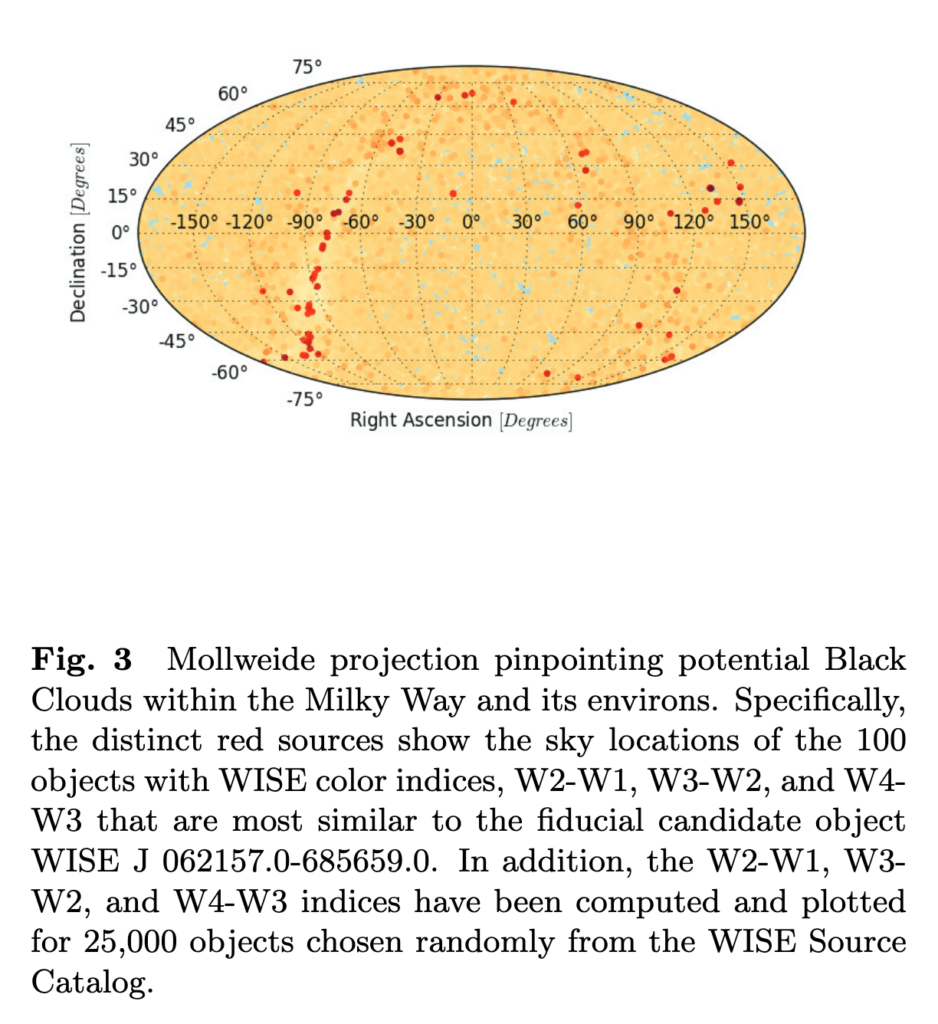
Here’s a link to our working paper, The Black Clouds, which discusses how extreme Asymptotic Giant Branch stars can be commandeered in the service of computation. We might just be immersed in a colored region, and the WISE sources in the Mollweide projection above might just be our unfriendly local GC.
Or, as the song says,
Confidence taken in
By a suntan and a grin.


